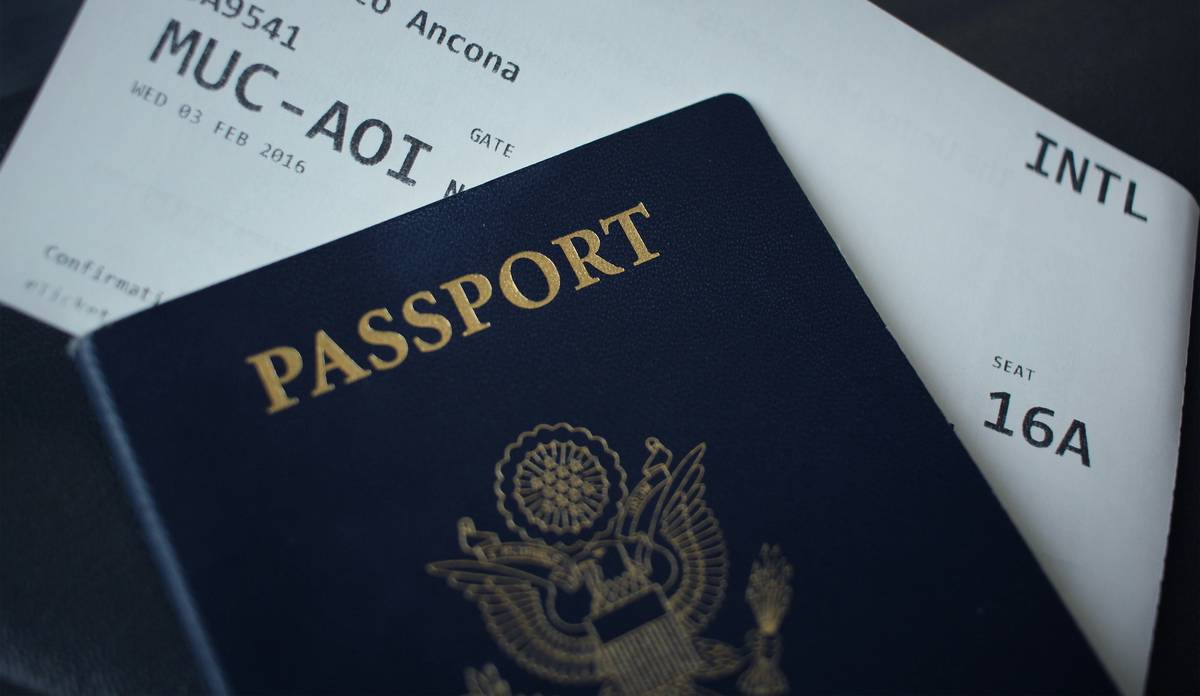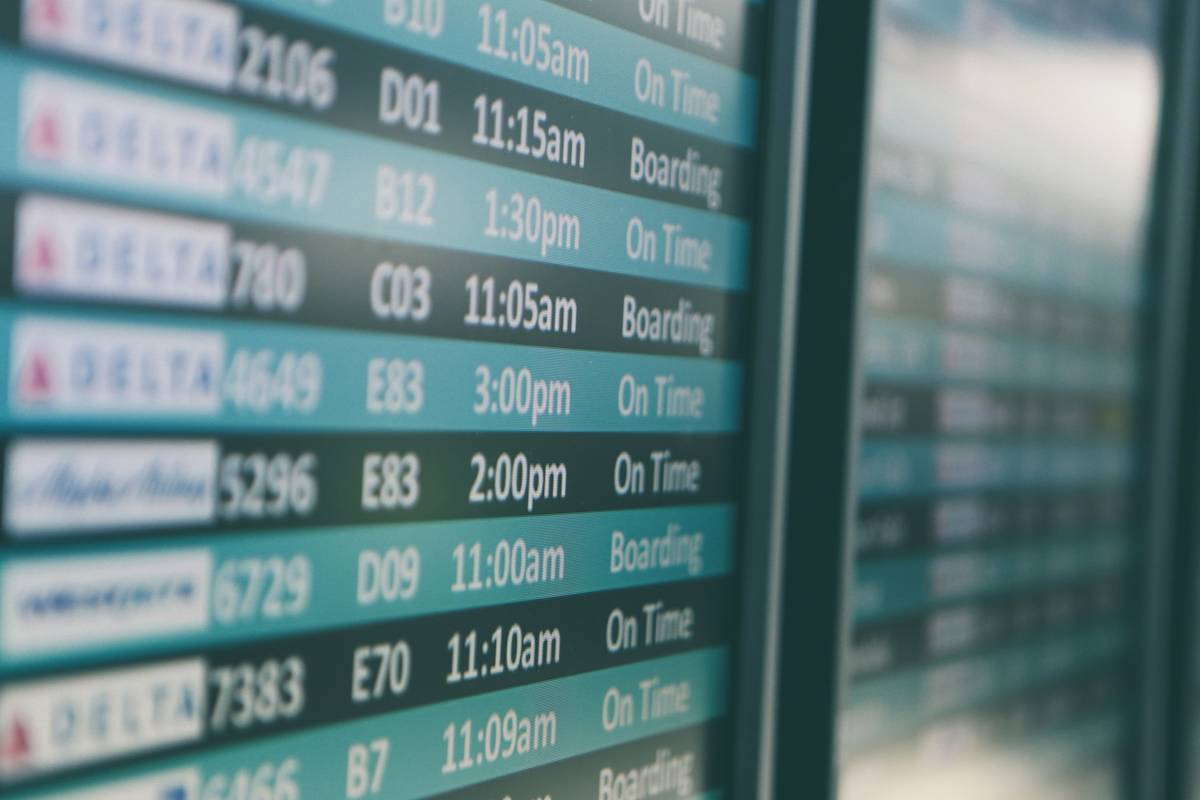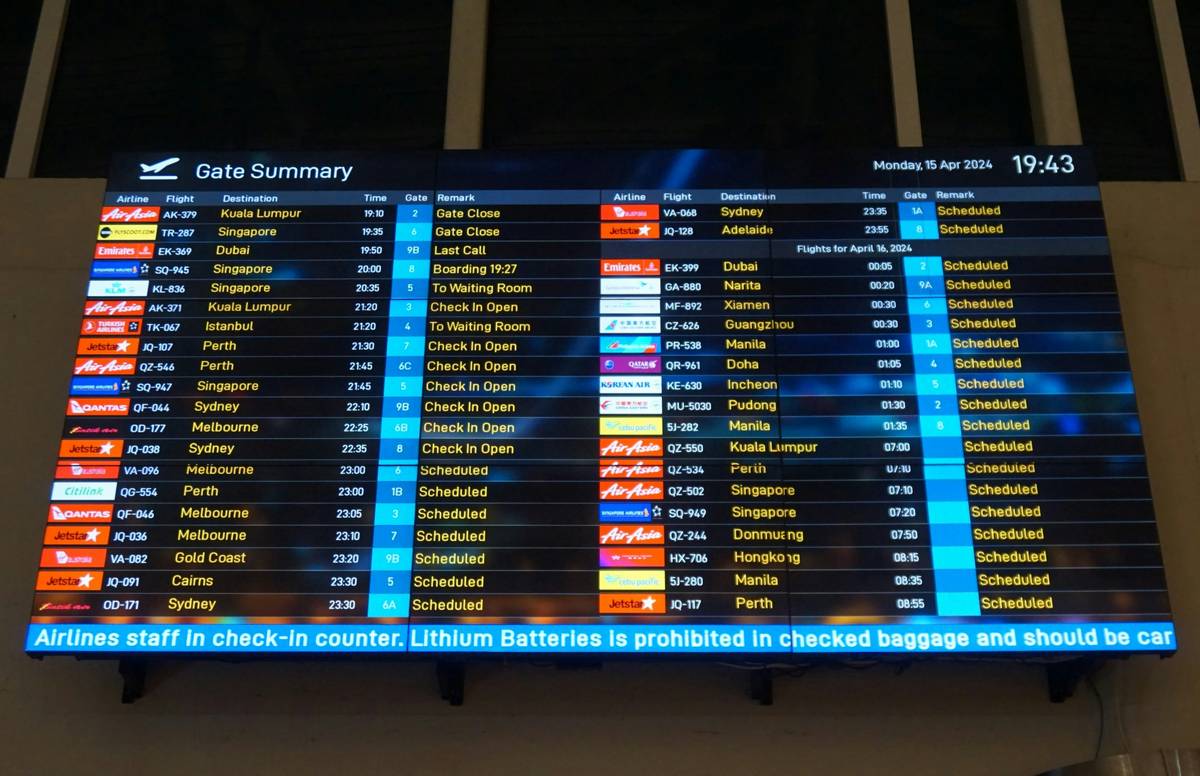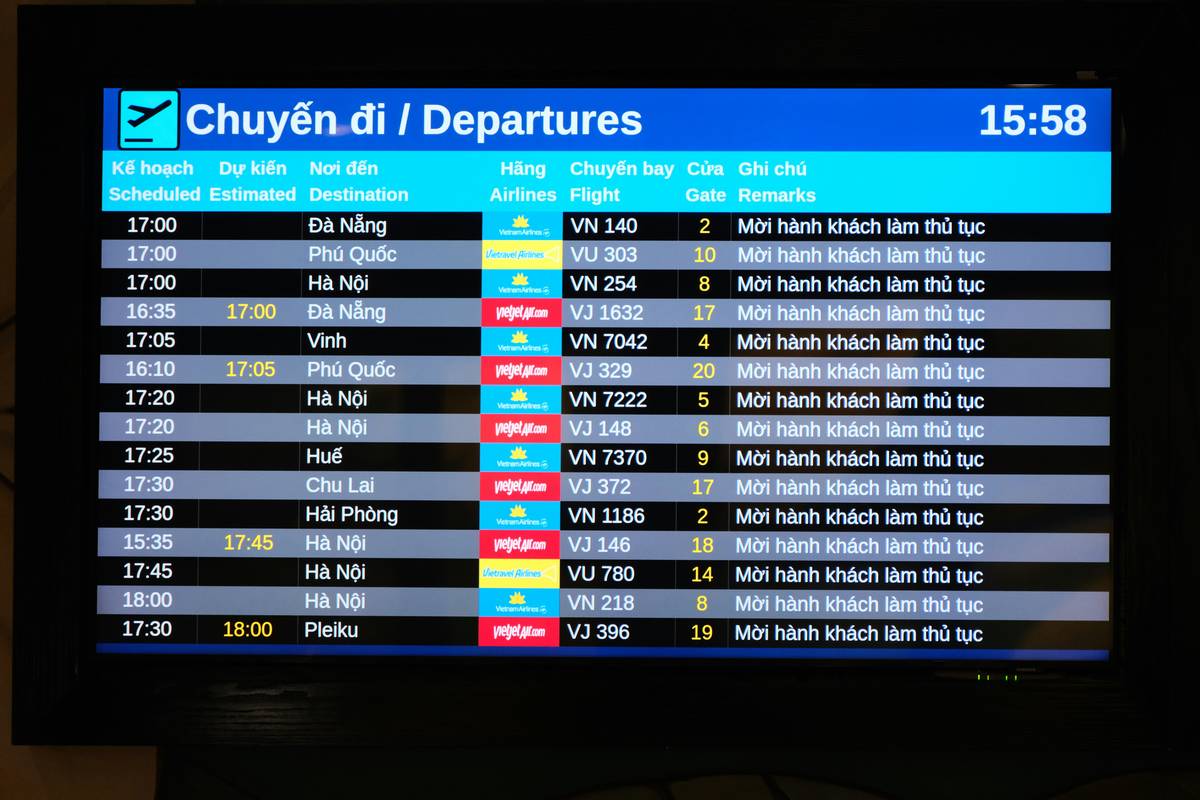Ever been stuck at the airport for hours because your flight got delayed or canceled? Yeah, us too. And the worst part? You’re not just losing precious vacation time—you might also be out hundreds of dollars in unexpected costs. That’s where schedule change coverage comes into play. This travel insurance add-on can save you major stress (and cash). In this guide, we’ll break down what schedule change coverage is, how to get it, and why it’s worth every penny.
You’ll learn:
- Why schedule change coverage exists (spoiler: airlines aren’t always on your side).
- A step-by-step breakdown of how to pick the right plan.
- Tips, tricks, and one brutally honest rant about bad policies.
Table of Contents
- Key Takeaways
- The Problem with Flight Delays
- How Does Schedule Change Coverage Work?
- Tips for Picking the Right Plan
- Real-Life Examples of How It Saves Travelers
- FAQs About Schedule Change Coverage
Key Takeaways
- Schedule change coverage reimburses you for expenses caused by delays, cancellations, or changes in trip plans.
- Not all travel insurance plans include this benefit, so read the fine print!
- Policies with high daily limits and minimal exclusions provide the best value.
- One bad policy tip: Don’t rely solely on credit card perks without verifying their terms.
The Problem with Flight Delays (& Other Travel Snafus)

Imagine this: Your dream trip to Bali hits an instant roadblock when your airline announces a last-minute schedule change. The new flight departs two days later than planned. What now? Do you forfeit prepaid accommodation? Or do you scramble to book hotels and meals on short notice while praying your wallet survives?
This isn’t just an inconvenient “what if”—it happens more often than most travelers realize. According to statistics from the Bureau of Transportation, over 20% of flights experience significant delays or cancellations annually. Airlines rarely foot the bill for these disruptions, leaving passengers stranded (and broke).
“Optimist You:” “But wait, isn’t that why I bought travel insurance?”
“Grumpy Me:” “Ugh, sure—but only if you opted for a comprehensive plan with schedule change coverage. Without it, good luck getting reimbursed.”
How Does Schedule Change Coverage Work?

In simple terms, schedule change coverage kicks in when your travel provider alters your reservation due to circumstances beyond your control. This could mean anything from:
- Your flight being rescheduled outside your original travel dates.
- A missed connection caused by delays unrelated to weather or mechanical issues.
- Last-minute hotel booking snags during peak seasons.
The policy typically covers non-refundable expenses like accommodations, transportation, meals, and even activities booked within the affected timeframe. Most insurers set a daily reimbursement limit—anywhere from $100 to $500 per day—and require receipts for claims.
Sounds straightforward, right? Not so fast. Some policies come loaded with sneaky exclusions, like:
- No payouts for voluntary changes made by the traveler.
- Denials based on pre-existing conditions or known natural disasters.
Pro Tip: Always check the “Exclusions” section before signing up—it reads like whirrrr-ing laptop fan noise otherwise.
Tips for Picking the Right Plan

- Match Coverage Limits to Your Needs: If you’re staying in luxury resorts, ensure the daily cap aligns with those costs.
- Prioritize Flexibility: Some carriers offer “any reason” cancelation options—a lifesaver for frequent flyers.
- Check Customer Reviews: Look for comments about claim processing speed and customer service reliability.
- Beware Credit Card Perks: While some premium cards advertise built-in travel coverage, they may not cover everything. Read the fine print!
Here’s my brutally honest disclaimer: If a deal seems too cheap to be true, it probably is. A rock-bottom rate might look tempting, but remember—cheap plans often skimp on details like adequate daily compensation or broad definitions of covered events.
Real-Life Examples of How It Saves Travelers
Case Study #1: Sarah & the Stranded Safari
Sarah was en route to her Kenyan safari when her connecting flight was abruptly canceled. Thanks to her schedule change coverage, she recouped $800 spent on rebooking local tours and emergency lodging.
Case Study #2: Jason vs. The Typhoon
When Typhoon Usagi disrupted Jason’s Japan trip, his schedule change coverage paid out $1,200 toward alternative flights and refundable bookings.
These stories prove one thing: When life throws lemons, schedule change coverage hands you lemonade…and then pays for lunch afterward.
FAQs About Schedule Change Coverage
Is schedule change coverage included in basic travel insurance?
Nope. Basic plans generally focus on medical emergencies or lost luggage. For schedule-related scenarios, you’ll need an upgrade.
What qualifies as a “covered event”?
Typically, unforeseen carrier-driven changes qualify, such as flight cancellations or severe weather conditions. Voluntary alterations don’t count.
Can I file multiple claims under schedule change coverage?
Yes, but each claim must adhere to the policy’s specified limits and conditions. Keep thorough documentation.
Do I still need this if I have flexible tickets?
Absolutely. Flexible tickets may allow rescheduling, but they won’t reimburse non-refundable extras like prepaid hotels or tours.
Conclusion
Schedule change coverage is the unsung hero of smart travelers everywhere. Whether you’re dodging typhoons or navigating corporate scheduling mishaps, it ensures peace of mind—and financial protection—at every turn. So next time you hear “flight delayed,” let out a sigh of relief instead of dread. Because with the right coverage, even chaos has its silver lining.
Now go forth, adventurer! But first…grab that coffee. 😉
And hey, keeping tabs on your travel prep is kinda like caring for a Tamagotchi. Neglect it, and you’ll pay dearly. Cheers to smoother journeys ahead!


